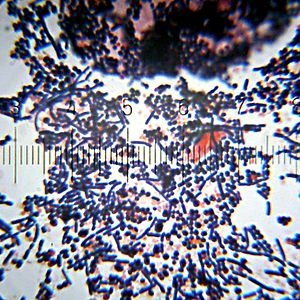Difference Between Archaea and Bacteria Cells

Knowing difference between archaea and bacteria cells is very important as people sometimes tend to say that both are same and there is no difference between them. These are micro-organisms which are also divided into prokaryotes. The archaea and bacteria are two micro organisms and include in prokaryotes family. Though these are two different organisms but still you can also get further information about the subject. It is very important to know the difference between archaea and bacteria cells as many people have confusions to find out clarity between these two organisms.
Instructions
-
1
Archaea and bacteria cells are two different organisms divided into prokaryotes group. Many however put them in same group and kind. Both these organisms have different Ribosomal RNAs (rRNA). Firstly, archaea which has three RNA polymerases while the other, the bacteria has only one RNA.
-
2
This difference clearly makes them quite different from each other. You should know that the second difference is also very unique and at the same time clearly tells us that both organisms are quite different from each other. Archaea’s cell walls do not have peptidoglycan while having the upper membranes of enclose lipids with the slight amount of hydrocarbons in it.
-
3
The other difference is the lipids in the membranes of archaea which you can also say are the main difference between archaea and bacteria cells. The unique amount of lipids in the membrane of archaea also contains linkages between the glycerol backbones in the organism. The linkages which Archaea has differently resembles in the eukaryotes can be more clearly seen.
-
4
You also need to understand that two organisms are different from each other both have different biochemical ways. The experts categorised archaea as distinct domain of life but bacteria cells are seen in different way.
-
5
Archaea has cell membrane with the clear linkage of cell walls with peptidoglycan of genes and the main enzymes behave more like Eukaryotes.





